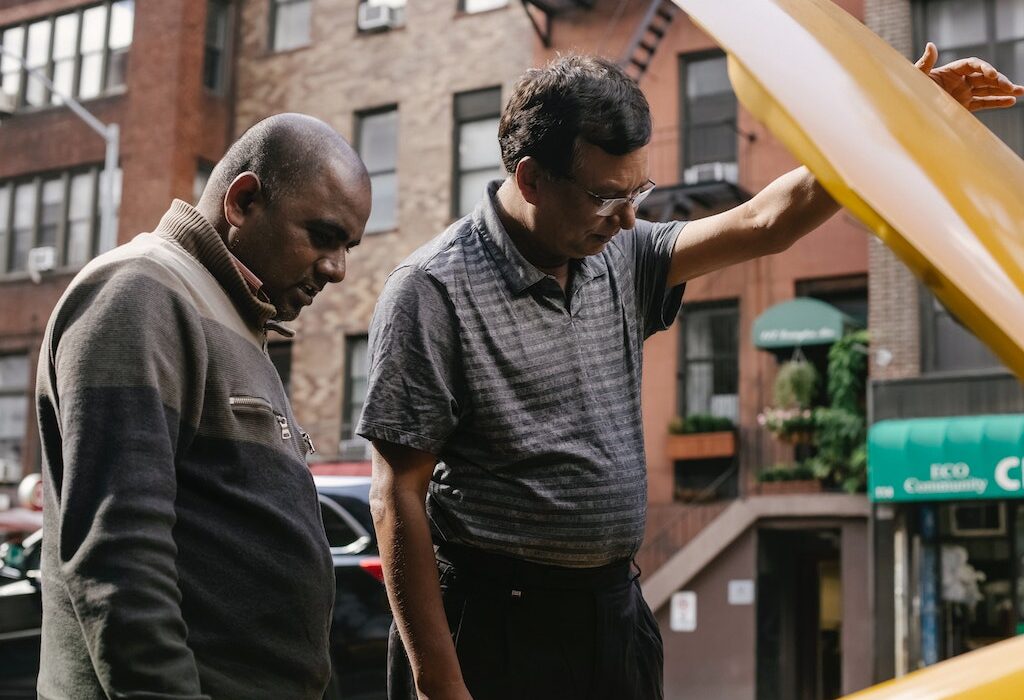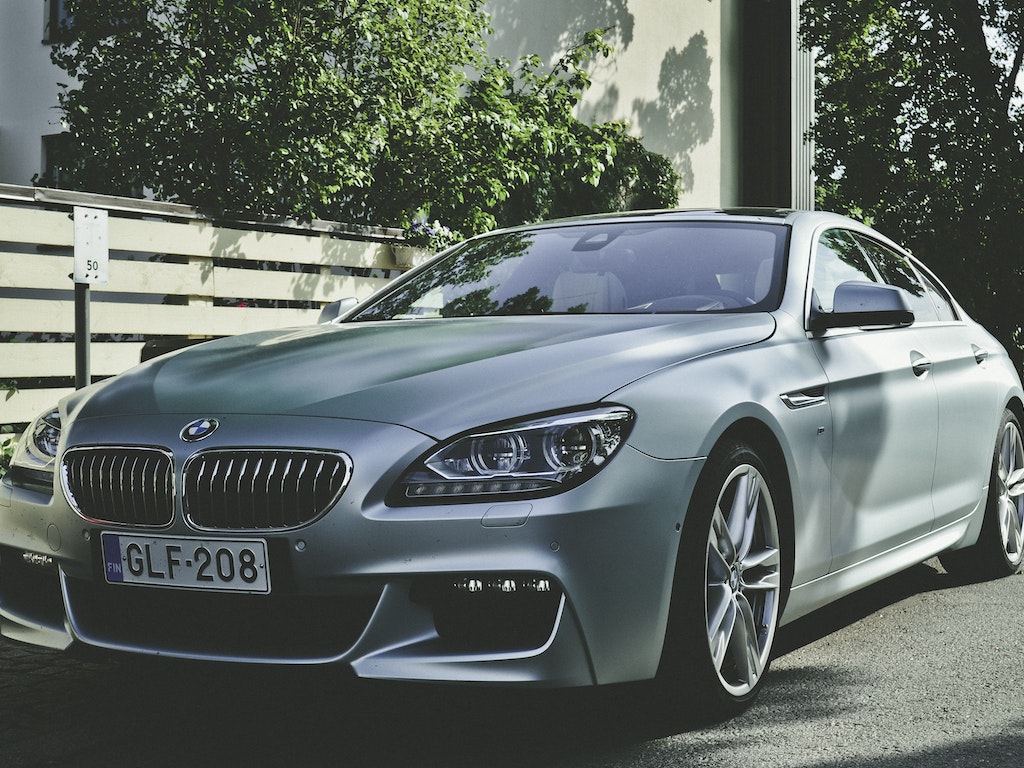If you’re buying a used car, it’s important to check for any signs of accidents. Many sellers neglect to mention if the car has previously been in an accident, so it’s your responsibility to check. Most buyers find it confusing because they don’t know what to look for. Here’s a list of things to look out for to help ensure you’ll get what you paid for—and more.
Something Is Misaligned
Take a walk around the vehicle and look at the gaps between the body panels, doors, fenders, bumpers, and trunk lid. All these gaps should be uniform and proportional to each other. If one gap is smaller or larger than the others, you need to pay more attention to this area.
Automotive manufacturers spend time ensuring that even minor details, such as the alignment of body parts, are done correctly. So if something is misaligned now, it’s a sign that the car has suffered some damage or accident.
Inconsistent Paint Job
While you walk around and examine the car, look at the condition of its paint. All body panels should have the same shine, tone, and color. If the paint on a car’s part is different from its remaining sections, work was likely done in this area. The cowl of the hood, bumpers, and around the door jams are common places where you can find mismatched paint.
If the bumper isn’t painted correctly, you can get it repainted at an affordable price. However, you might not be able to repaint other parts of the car, and the process might take longer. So to save money, sellers leave a tell-tale mismatch that alerts you immediately. Some might not even take the effort to hide the accident history of a vehicle. They could be so bold as to have two completely different body panels with mismatched paint. If you notice paint that doesn’t match the rest of the car, speak to the owner about it.
Wonky Frame
Avoid buying a car that has a bent frame. Don’t believe anyone who claims to have repaired a metal car frame by bending it back into its original shape. This will only weaken the metal further. That kind of damage can jeopardize the structural integrity and put you at risk.
You can identify a bent frame by looking at the crimping around the wheel wells, the cross members, and the headlight sconce positioning. To check for damage caused by rear-end accidents, you should also examine the frame rails at the rear of the car.




